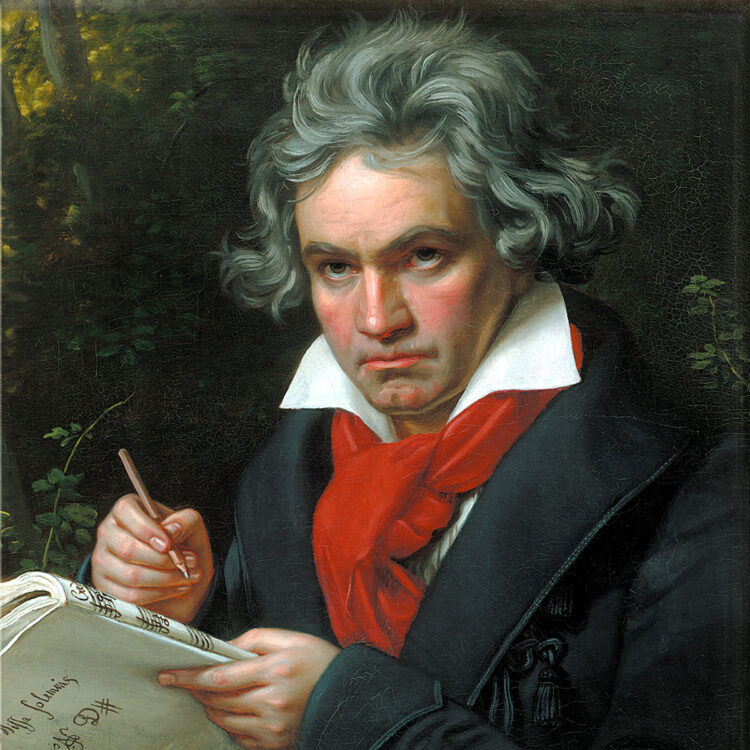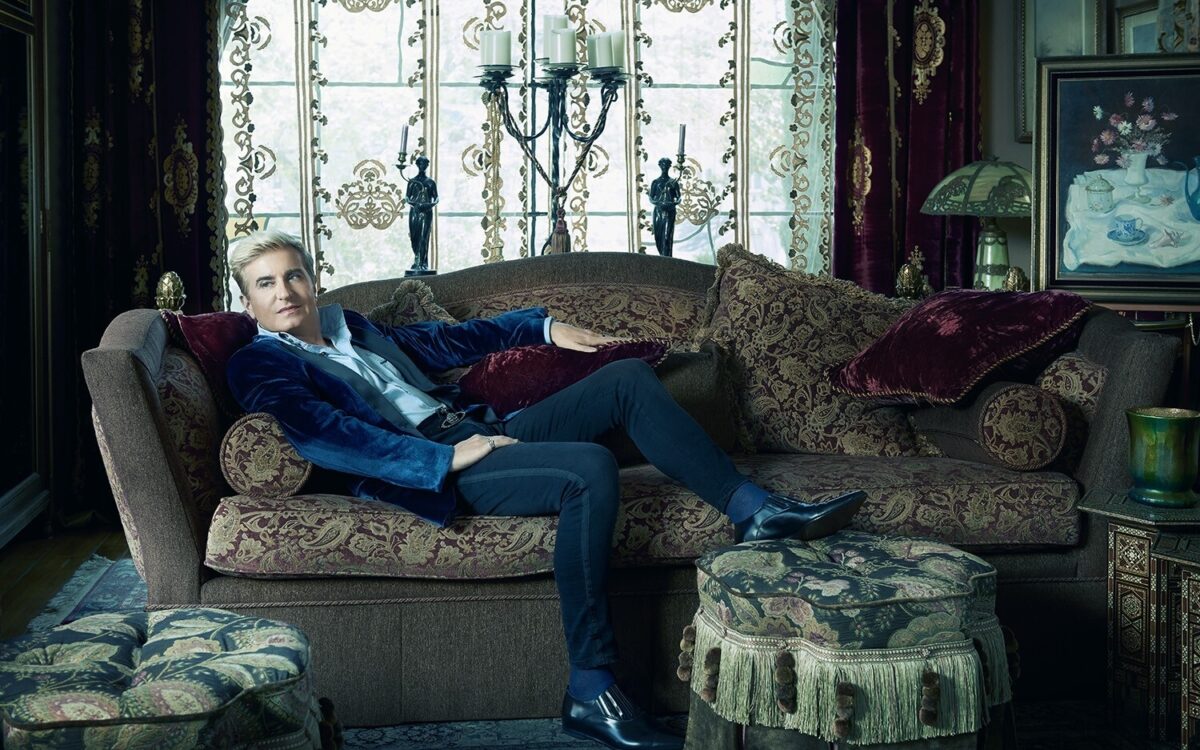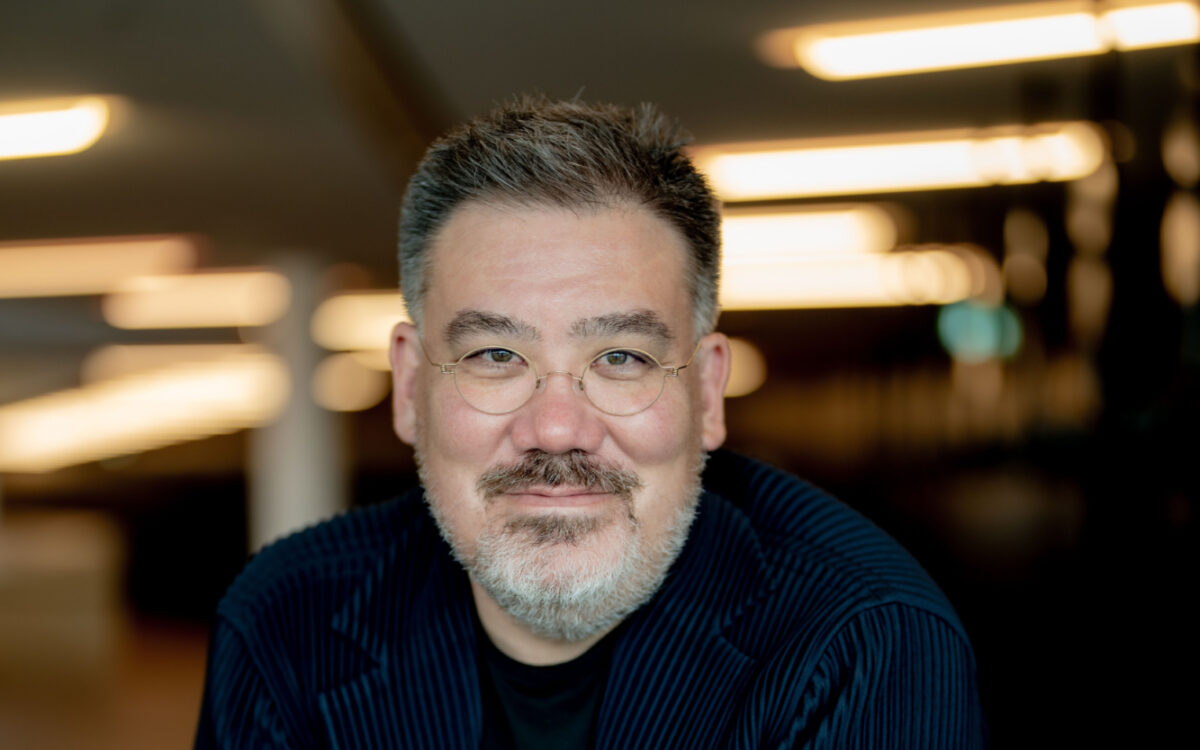Symphony No. 4 in B-flat, Opus 60
Composition and premiere: Beethoven wrote the Fourth Symphony in summer and early fall 1806. The first performance was a private on at the Vienna home of his patron Prince Lobkowitz in March 1807. The first public performance was April 13, 1808, at Vienna’s Burgtheater.
First BSO performance: December 3, 1881, George Henschel conducting, in the orchestra’s first season.
First Tanglewood performance: August 11, 1940, Serge Koussevitzky conducting the BSO.
The works Beethoven completed in the last half of 1806—the Fourth Symphony, the Violin Concerto, and the Fourth Piano Concerto among them—were finished rather rapidly by the composer following his extended struggle with the original version of his opera Fidelio, which had occupied him from the end of 1804 until April 1806. The most important orchestral work Beethoven had produced before this time was the Eroica, in which he had overwhelmed his audiences with a forceful new musical language reflecting both his own inner struggles in the face of impending deafness and his response to the political atmosphere surrounding him. The next big orchestral work to embody this “heroic” style—with a striking overlay of defiance as well—would be the Fifth Symphony, which had begun to germinate in 1804, was worked out mainly in 1807, and was completed in 1808.
In the meantime, however, a more relaxed sort of expression began to emerge, emphasizing a heightened sense of repose, a broadly lyric element, and a more spacious approach to musical architecture. The Fourth Symphony, the Violin Concerto, and the Fourth Piano Concerto share these characteristics to varying degrees, but it is also important to realize that these works, though completed around the same time, do not represent a unilateral change of direction in Beethoven’s approach to music, but, rather, the emergence of a particular element that appeared strikingly at this time. Sketches for the Violin Concerto and the Fifth Symphony in fact occur side by side, and that the two aspects—lyric and aggressive—of Beethoven’s musical expression are not entirely separable is evident also in the fact that ideas for both the Fifth and the Pastoral symphonies appear in the Eroica sketchbook of 1803-04. These two symphonies—the one strongly assertive, the other more gentle and subdued—were not completed until 1808, two years after the Violin Concerto. And it appears that Beethoven actually interrupted work on his Fifth Symphony so that he could compose the Fourth in response to a commission from the Silesian Count Franz von Oppersdorff, whom he had met through Prince Carl von Lichnowsky, one of his most important patrons during the early years in Vienna and the joint dedicatee, together with Count Razumovsky, of the Fifth and Sixth symphonies.
So Beethoven’s Fourth Symphony partakes successfully and wonderfully of both these worlds, combining a relaxed and lyrical element with a mood of exuberantly aggressive high spirits. The key is B-flat, which suggests—insofar as we can describe the effects of different musical keys—a realm of spaciousness, relaxation, and warmth, in contrast, for example, to the “heroic” E-flat of the Third Symphony and Emperor Concerto, the “defiant” C minor of the Fifth, and the “heaven-storming” D minor of the Ninth.
Beethoven actually begins the first movement with an Adagio introduction in a mysteriously pianissimo B-flat minor, and the mystery is heightened as the music moves toward B-natural, via the enharmonic interpretation of G-flat to F-sharp, until trumpets and drums force the music back to B-flat, and to the major mode, of the Allegro vivace. (This same gambit will be repeated on a larger scale as the music of the Allegro moves from the development into the recapitulation, at which point, once again, the timpani will play a crucial role in telling us where we belong—this time with an extended drumroll growing through twenty-two measures from a pianissimo rumble to a further nine measures of thwacking fortissimo.) Once the Allegro is underway, all is energy and motion, with even the more seemingly relaxed utterances of the woodwinds in service to the prevailing level of activity. One more word about the first movement: one wants the exposition-repeat here, not just for the wonderful jolt of the first ending’s throwing us back to the home key virtually without notice, but also for the links it provides to the end of the introduction and the beginning of the coda.
The E-flat major Adagio sets a cantabile theme against a constantly pulsating accompaniment, all moving at a relaxed pace that allows for increasingly elaborate figuration in both melody and accompaniment as the movement proceeds. The second theme is a melancholy and wistful song for solo clarinet, all the more effective when it reappears following a fortissimo outburst from the full orchestra. The scherzo, another study in motion, is all ups and downs. Beethoven repeats the Trio in its entirety following the scherzo da capo (a procedure he will follow again in the third movement of the Seventh Symphony). A third statement of the scherzo is cut short by an emphatic rejoinder from the horns.
The whirlwind finale (marked “Allegro ma non troppo,” “Allegro, but not too…”; the speed is built into the note values, and the proceedings shouldn’t be rushed by an overzealous conductor) is yet another exercise in energy, movement, and dynamic contrasts. Carl Maria von Weber, who didn’t much like this symphony when he was young and it was new, imagined the double bass complaining: “I have just come from the rehearsal of a Symphony by one of our newest composers; and though, as you know, I have a tolerably strong constitution, I could only just hold out, and five minutes more would have shattered my frame and burst the sinews of my life. I have been made to caper about like a wild goat, and to turn myself into a mere fiddle to execute the no-ideas of Mr. Composer.” Beethoven’s approach in this movement is wonderfully tongue-in-cheek and no-holds-barred: the solo bassoon, leading us into the recapitulation, is asked to play “dolce” (“sweetly”) when he’s probably thankful just to get the notes in, and only at the very end is there a brief moment of rest to prepare the headlong rush to the final cadence.
MARC MANDEL
Marc Mandel joined the staff of the Boston Symphony Orchestra in 1978 and managed the BSO’s program book from 1979 until his retirement as Director of Program Publications in 2020.




